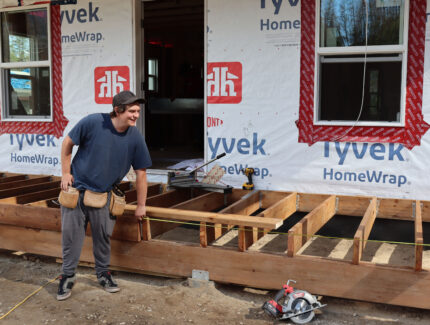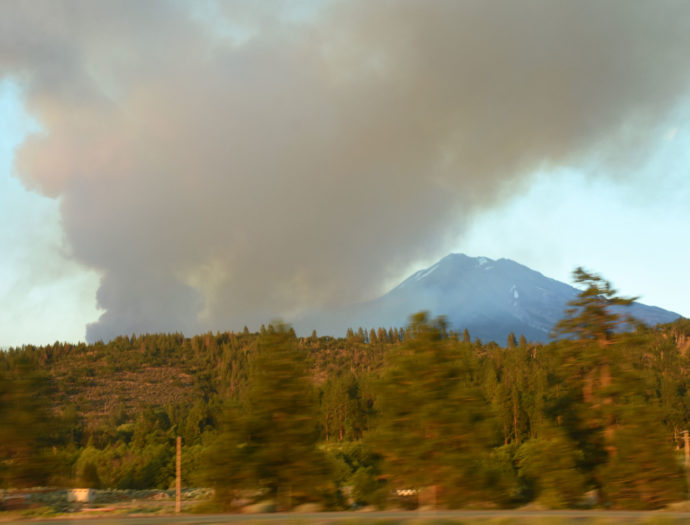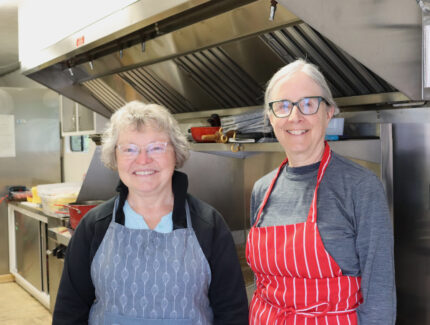


August 11, 2021
Updated – MDS monitoring wildfires in west and central U.S., British Columbia
Current wildfires add to losses as long-term recovery from 2018 fires inches along
2021 California wildfire
As wildfires continue to burn in California, Mennonite Disaster Service (MDS) is reaching out in prayer for the thousands of people who have been forced to evacuate, and thousands more who see the telltale smoke clouds on the horizon and wonder if they’ll have to flee.
Even as MDS volunteers work to rebuild homes lost in the fires of 2018, this year’s fires are adding to the losses. As of Sept. 1, there have been over 1,500 homes destroyed this year.
The largest—the Dixie Fire in northern California— destroyed nearly all of the historic Gold Rush town of Greenville on Aug. 4, and, by Sept. 1, was 52% contained and had burned 844,081 acres/3,415 square kilometres. It is still growing, despite the efforts of more than 5,000 firefighters.
“The Dixie Fire started about the same place as the Camp Fire, but moved in the opposite direction,” said Steve Wiest, operations coordinator for MDS on the west coast. “Greenville was 75% wiped out in one day.”
For the residents of Paradise, the trauma from the Camp Fire—the single most destructive wildfire in California history and the worst in the United States in a century—is still raw, even nearly three years later. The Camp Fire burned more than more than 13,000 houses to the ground in November 2018.
MDS volunteer crews working in Paradise in August could sometimes see huge smoke clouds from wildfires 50 miles away. said Wiest. “You could smell the smoke, and sometimes see the cars covered with ash.”
As COVID-19 cases continue to grow in the Paradise area, MDS is pausing the project and sending volunteers home before they can complete the six homes they’ve started. “We don’t want to risk passing COVID to the people we are trying to help,” said Wiest.
In the meantime, he asked people to pray for those making a long-term recovery in Paradise.
“It doesn’t take much to go around town and hear the stories of trauma,” said Wiest. “You talk to the checkout clerk at the grocery store or somebody you meet at the taco truck, and there are the stories.”
Fire officials noted the high potential for severe wildfire activity throughout the western United States through the rest of summer and into November. “As the landscape continues to dry out and temperatures stay hotter than normal, you can except more fires yet this year,” said Wiest. “The drought was a big driver in this, stretching from Mexico far up into Washington.”
Wildfires are to California and other drought-stricken states what hurricanes are to the eastern states, he reflected. “For people that live through a fire, and had to run from the flames, or run through the flames, they will suffer for the rest of their lives.”
A big part of what MDS does is give people hope and help them heal, said Wiest. “We spend time listening to them tell their story,” he said. “The rebuilding can’t happen right away.”
In fact, rebuilding usually doesn’t get started until more than a year after a wildfire is contained. In fires this large, there’s no partial damage to homes, he added. “The work is all complete rebuilds.”
In Canada, MDS Canada continues to monitor the wildfire situation in British Columbia where cooler and wetter weather has reduced the number and severity of fires in that province.
Since April there have been 1,563 wildfires in B.C, scorching 8,653 square kilometres/2.1 million acres of land, eclipsing the 10-year average.
“We join MDS in the U.S. in inviting people to pray for those who have lost homes in Canada and the U.S.,” said Ross Penner, Director of Canadian Operations.
As more information becomes known about what role MDS could play in the west and central U.S. and B.C. in response to current wildfires, updates will be issued.





